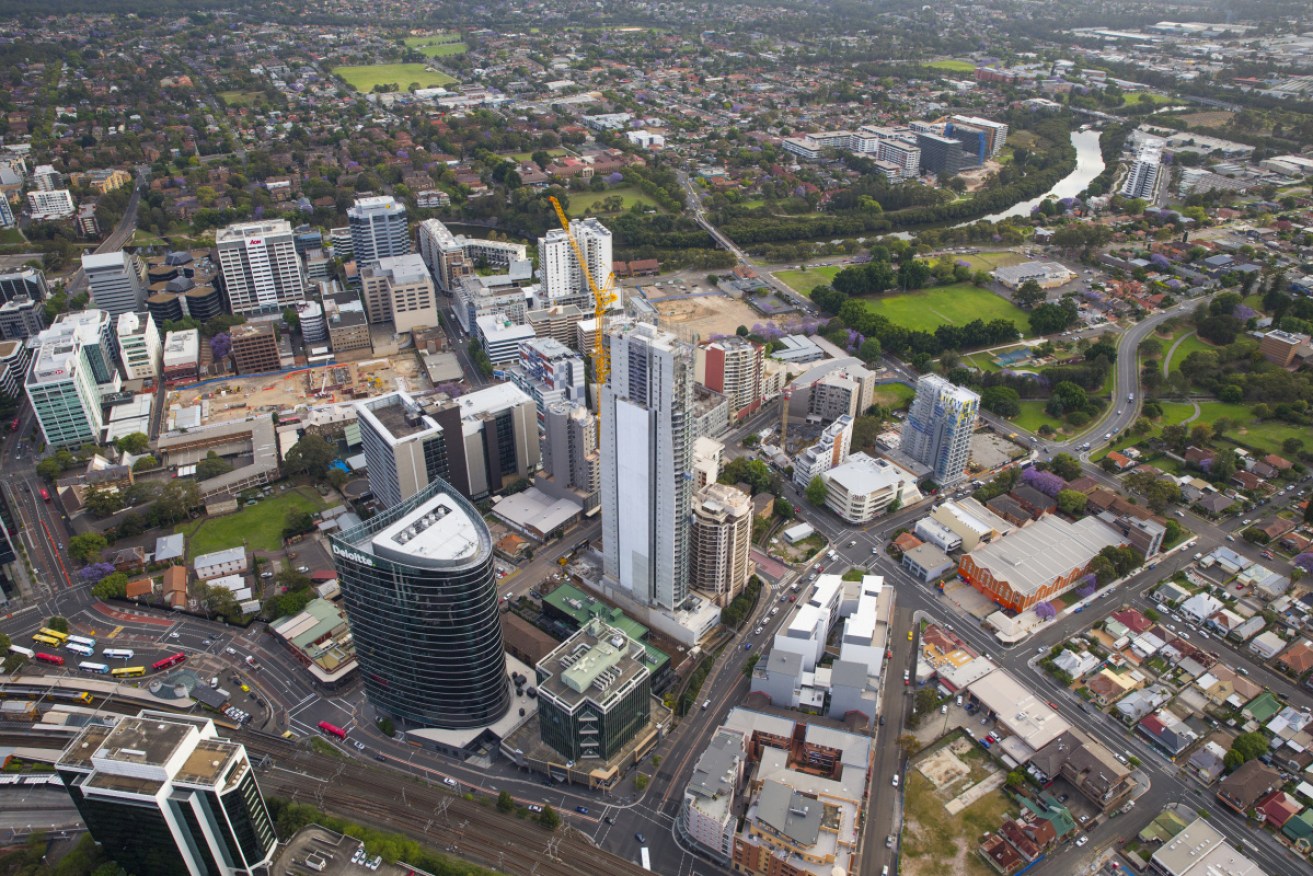Unemployment in greater Sydney hits 40-year low. And still, no wage rises


Western Sydney, with a third of the nation's population, has had a fifth of the country's new jobs this year. Photo: Getty
Greater Sydney’s unemployment rate fell to 3.5 per cent in November, the lowest such figure since unemployment rose above 3 per cent in 1975.
Employment in Greater Sydney grew by 103,600 over the 12 months to November 2018. With roughly a fifth of Australia’s total population, Australia’s economic capital accounted for more than a third of the nation’s employment growth.
And the low unemployment rate was achieved with an all-time record employment/population ratio of 65.1. In 1975, the ratio was 58.8 – it was a different Australia back then.
The detailed Australian Bureau of Statistics labour force figures are a solid step beyond October, when the unemployment rate dipped just under 4 per cent.
The unemployment rate starting with a three made it reasonable to ask last month where were the strong wage rises promised in the federal budget. This week’s MYEFO downgraded the government’s wages growth forecasts for 2018 and 2019 by a quarter of a percentage point, reflecting the failure to realise textbook expectations of wages behaviour.
More and more, the NAIRU (the non-accelerating inflation rate of unemployment – or specific level of unemployment that does not cause inflation to rise ) seems to start with a three rather than the “about five” policy-makers have been suggesting.
Sydney’s low unemployment rate and strong jobs growth also raises questions about the NSW government’s desire to halve immigration. Sydney’s performance helps demonstrate how migrants create more jobs than they take.
Australia’s other main immigrant magnet, greater Melbourne, had 93,900 more people in work over 12-month period. Its November unemployment rate was 4.3 per cent, up a notch from October’s 4.2. The city’s participation rate jumped to 67.3 from 66.7.
The detailed monthly stats are original figures – not seasonally adjusted – and bounce around from month to month. But the trend of strong employment growth in our two biggest cities has been clear.
It’s employment growth and a lower savings ratio that has maintained consumption growth – not lacklustre wage rises that have meant the take-home spending power of most Australians has fallen steadily.
The conundrum remains for Australian business: It needs to pay employees substantially more to maintain household consumption growth at a healthy level, but isn’t prepared to take the short-term hit to executive bonuses and shareholder returns necessary to achieve it.








